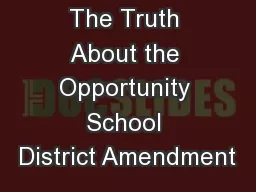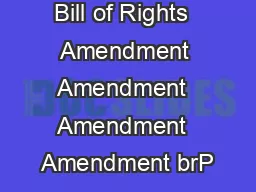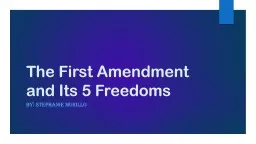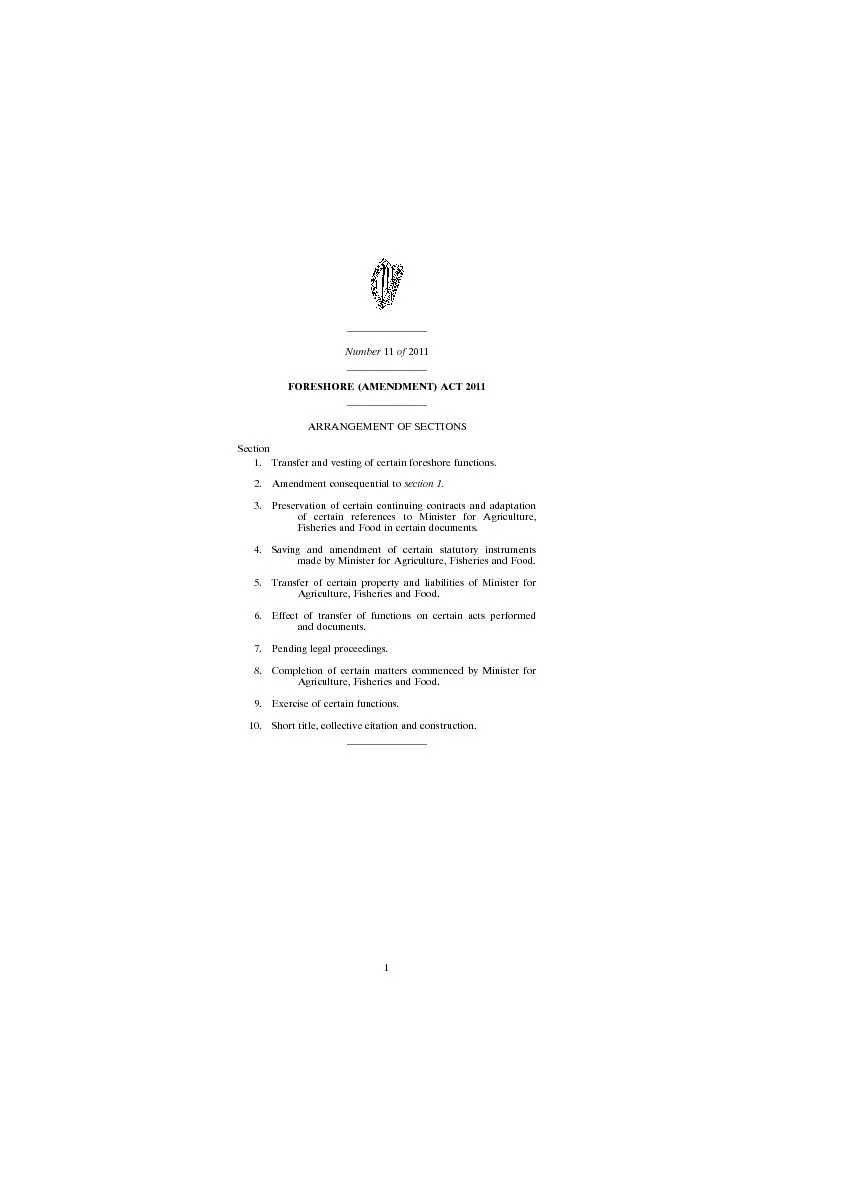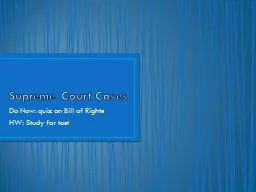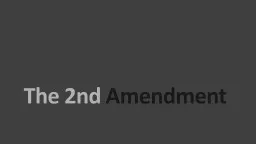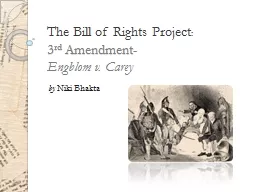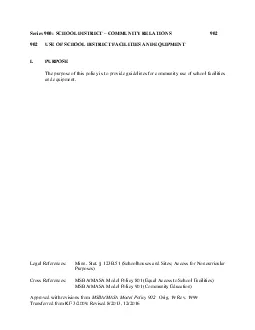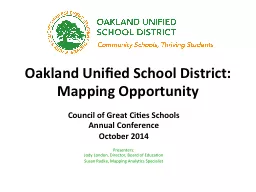PPT-The Truth About the Opportunity School District Amendment
Author : stefany-barnette | Published Date : 2017-06-30
SR 287 Why OSD is wrong for Georgia schools and students What is the Opportunity School District Introduced by Gov Nathan Deal the Opportunity School District is
Presentation Embed Code
Download Presentation
Download Presentation The PPT/PDF document "The Truth About the Opportunity School D..." is the property of its rightful owner. Permission is granted to download and print the materials on this website for personal, non-commercial use only, and to display it on your personal computer provided you do not modify the materials and that you retain all copyright notices contained in the materials. By downloading content from our website, you accept the terms of this agreement.
The Truth About the Opportunity School District Amendment: Transcript
Download Rules Of Document
"The Truth About the Opportunity School District Amendment"The content belongs to its owner. You may download and print it for personal use, without modification, and keep all copyright notices. By downloading, you agree to these terms.
Related Documents

